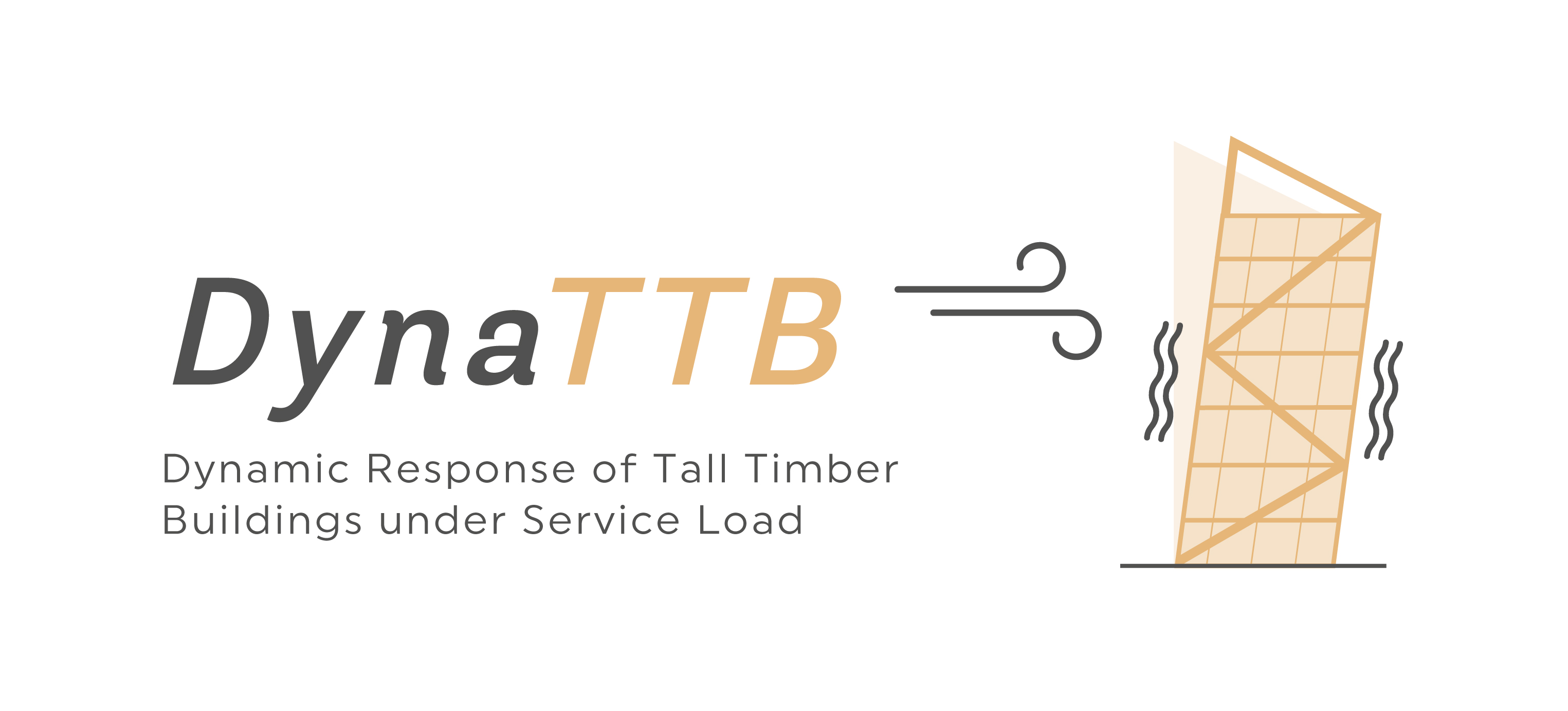
These are fleet insurance policies that tend to suit larger removals firms as well as courier businesses that have multiple drivers. There again, individual operators who own – or rent – their own delivery vehicle can still obtain goods in transit insurance. As such, GIT insurance is primarily aimed at businesses that move items on behalf of their clients.
As such, insurance that specifically covers items that are placed in the back of trucks and vans or in the panniers of a courier’s motorbike is desirable. So long as the items concerned are deemed to have been sufficiently well protected – that is, they have been packaged up appropriately – a claim can be made for accidental damage that results in complete loss of value. Some policies will also provide insurance for partial damage, such as scrapes and bumps, even if the goods are not completely ruined following an accident.
- Neither public liability insurance nor goods in transit insurance are legally mandated in the UK.
- Towards the ending of an accounting time frame, such stock items permit exceptional consideration for accounting such merchandise are neither accessible at the dealer’s space nor at the buyer’s location.
- Installing new van locks is one way to make your vehicle less attractive to thieves.
- This is the case whether the firm in question handles deliveries through its own driver network or makes use of sub-contractors.
- Our partner Quote Me Today offers combined policies, so if this is something you’re looking for, just say when you’re getting a quote and they’ll do the rest to find you the right policy for your needs.
Such policies will provide the courier or haulier that is conveying them with cover if there is a delay that is outside of their control. Some insurers offer it as an additional sort of policy on top of standard GIT insurance. From a practical point of view, the buyer might not record the goods in transit until they arrive at the destination.
Need insurance for your van too?
Typically, van rental companies use this sort of financial product to provide something like goods in transit insurance within the rental agreement that their customers sign. Often, there is something of a mark-up when this sort of policy is taken out. Many more savvy drivers choose to rent their van(s) with vehicle insurance only and have their own GIT insurance policy to cover any accidents or losses that might occur while they’re working.
Such policies rarely cover items outside of the home or when they’re being handled by professionals. The same applies to removals companies handling office moves and other types of commercial relocation work. Of course, it very much depends on the quoted price but this tends to suit drivers who even work part-time in the multi-drop delivery or courier sectors. GIT insurance will usually cover an individual or a firm – in the case of a business policy – no matter which vehicle is being driven to carry out the work, so long as it is legally on the road, that is. This way, drivers who rent their vans can usually switch rental firms at will without worrying about not being covered if any damage were to occur to the goods in their care while out and about. Nevertheless, the insurance market also offers something else that is relevant to drivers who pick up and deliver goods for a living.
How to Calculate Inventory Turnover Ratio? (Definition, Using, Formula, and Example)
Depending on the terms of sale, the owner of the in-transit inventory will also be responsible for getting appropriate in-transit insurance. Goods in transit refers to purchased inventory that is currently on its way to a physical store, an ecommerce warehouse, or a distribution center. Goods in transit should be accounted for similarly to what’s already on hand to provide a holistic picture of current inventory value. For a holistic picture of how much inventory you have in each phase of the supply chain, you don’t want to forget to account for in-transit inventory that’s been purchased. This website is using a security service to protect itself from online attacks.

These goods are in transit to the buyer, and you can simply say that these are goods in transit. Continue reading the blog article to learn about goods in transit’s meaning, some more detailed examples and how to do goods in transit accounting treatment. The delay in recording the receipt of goods by the buyer is not really a problem, as long as the business refrains from also recording the related account payable until such time as it records the related inventory.
Would you prefer to work with a financial professional remotely or in-person?
Depending on the pre-agreed incoterms of a shipment, goodsintransit may be owned by either the consignor or the consignee. This is reflected on documents like the Bill of Lading and commercial invoice. Our writing and editorial staff are a team of experts holding advanced financial designations and have written for most major financial media publications.
- You will need to know this at the end of an accounting period or fiscal year when it’s time to report ending inventory value.
- Since the specific terms of all such insurance policies differ somewhat, it is impossible to say exactly when the conditions for a successful claim have been met.
- The answer to how much GIT insurance will cost is that pricing varies on a number of factors.
Towards the ending of an accounting time frame, such stock items permit exceptional consideration for accounting such merchandise are neither accessible at the dealer’s space nor at the buyer’s location. Generally, there is a pre-fixed agreement between the buyer and the seller concerning which party should make goods in a transit accounting entry. If the shipment is designated as freight on board (FOB) destination, ownership transfers to the buyer as soon as the shipment arrives at the buyer. The terms of the sale often determines the party responsible for obtaining this insurance.
When Can I Claim on GIT Insurance?
This type of policy insures any items you transport in your van that aren’t yours. Novas Insurance provides extremely competitive prices with a range of product benefits that you’ll find attractive. We DO NOT, under this policy, cover the actual vehicle you drive BUT only the goods being carried within the vehicle. If you are an employer, you are legally obliged to have Employers Liability Insurance.
Marine cargo and goods in transit covers can be purchased as an “annual” cover if you have multiple transits to cover, ask our underwriters about our annual covers. Marine cargo insurance is specifically designed to cover goods in the course of marine transit. Even containerised goods are subject to damage in the course of a marine journey either as a result of handling or weather related events. If your home policy doesn’t include moving cover, then goods in transit can be a good idea. Just check you aren’t already covered by another isurance policy before signing up. It covers you for any injuries you cause a member of the public, or any damage you do to their property while you’re working.
Temporary van insurance
You can take a huge load off your shoulders by outsourcing fulfillment and warehousing to a 3PL like ShipBob. Beyond helping you streamline your ecommerce fulfillment processes, ShipBob can help you track inventory throughout your supply chain, so can better prepare for end-of-year accounting. Most ecommerce brands will always have goods in transit to consistently meet demand.
SME Insurance Market Size 2023 Data-Driven Insights with Adapting to Rapid Changes by Top Players till – Benzinga
SME Insurance Market Size 2023 Data-Driven Insights with Adapting to Rapid Changes by Top Players till.
Posted: Tue, 05 Sep 2023 09:13:42 GMT [source]
Depending on the company you work for, what you’re transporting and where you’re transporting it to, you’ll be bound by a certain set of conditions of carriage. The amount you’re willing to pay towards the cost of a claim can https://online-accounting.net/ impact the price of your policy. Just make sure you pick an excess amount that you can realistically afford if you need to make a claim. If they’re lost, damaged or stolen while you’re delivering them, you’ll be able to claim.
Goods in transit are purchased goods that have not yet been received by the purchaser. These goods are easily overlooked when counting the ending inventory because they are not physically located at either the seller’s or the purchaser’s warehouse. ShipBob can help you establish a more lean supply chain by taking over time-consuming logistics tasks and providing the visibility predetermined overhead rate and transparency you need to optimize logistics costs and performance. ShipBob’s fulfillment software comes with built-in tools that help you track inventory activity and trends at no extra cost. For a more robust inventory planning solution, you can integrate ShipBob’s technology with leading inventory software or take advantage of ShipBob’s Inventory API.
The same thing goes for many businesses that operate in the automotive sector. To begin with, it will be important to define exactly what goods in transit insurance actually is. To be clear, goods in transit insurance is a financial product just like any other type of insurance. This sort of policy specifically aims to cover the monetary value of items that are being conveyed from one place to another. You can think of goods in transit insurance as a little like home contents insurance.
